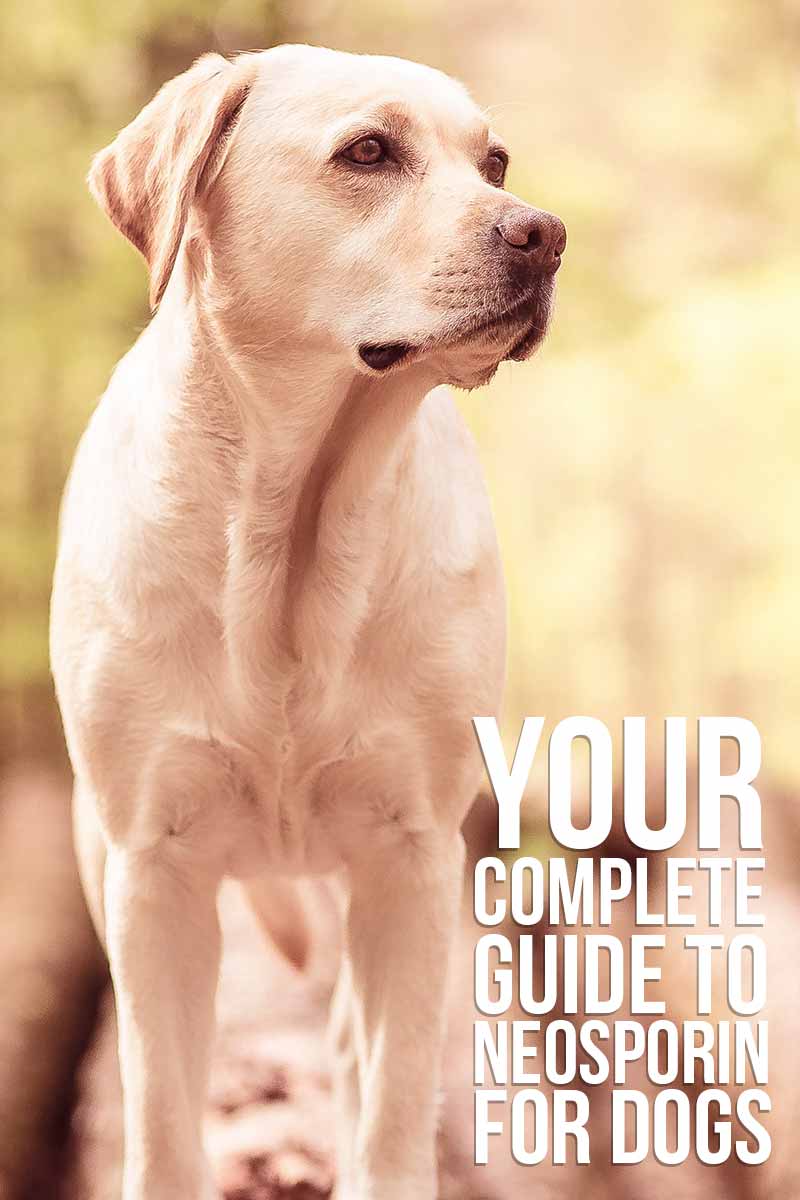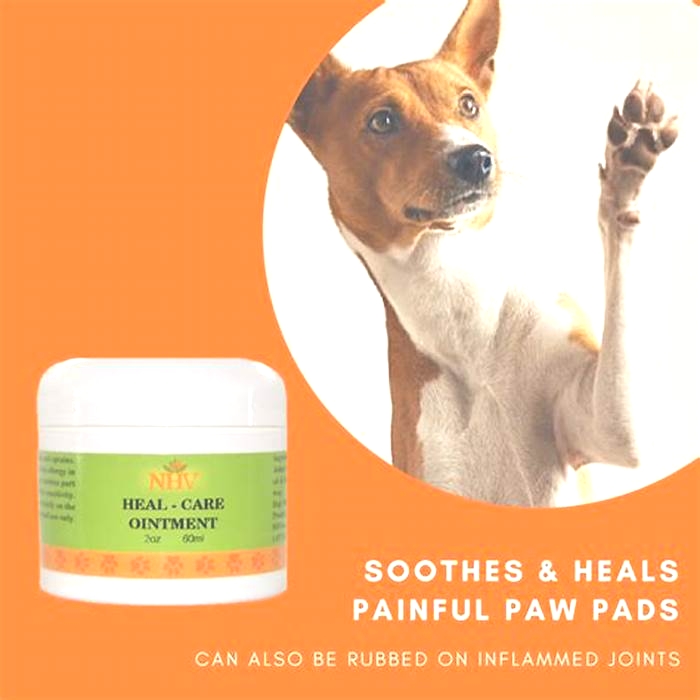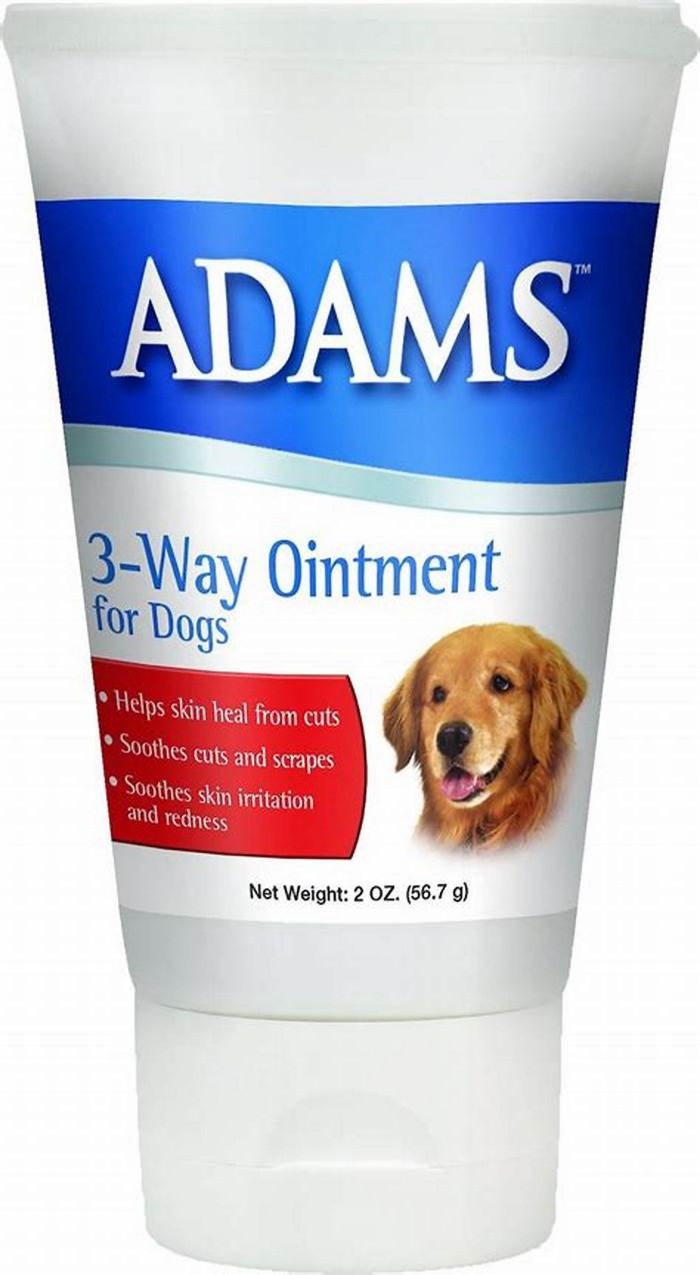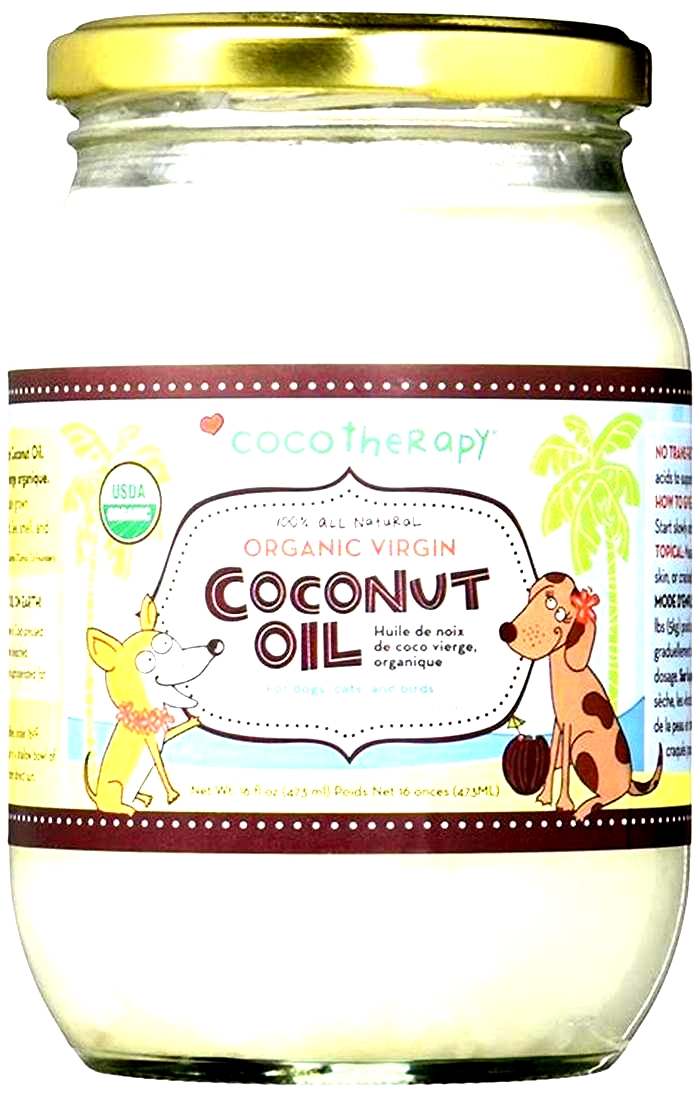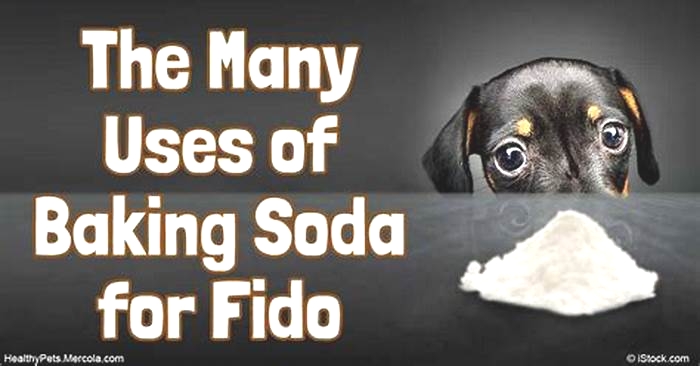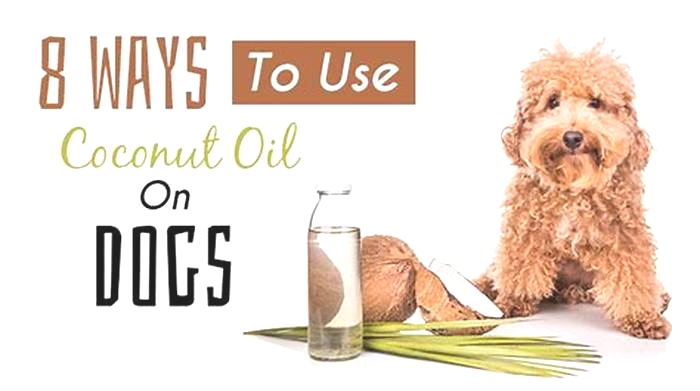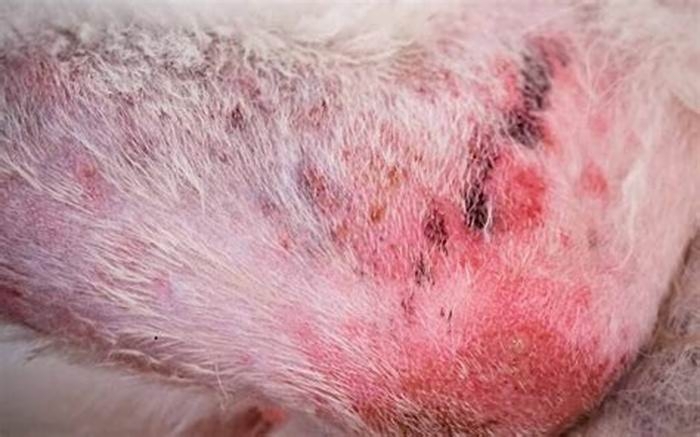What ointment is safe for dogs
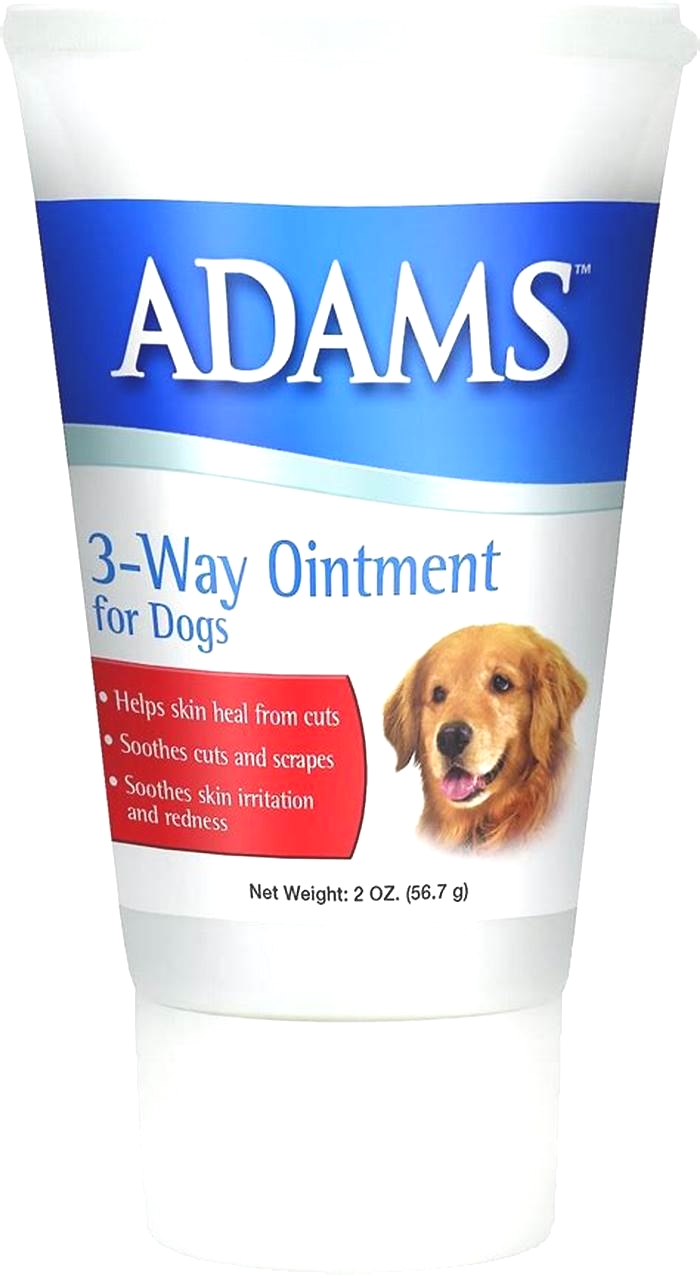
Neosporin On Dogs

Neosporin is a triple antibiotic ointment, made up of bactracin, neomycin and polymyxin B. Antibiotics work to kill bacteria on the skin, thereby preventing or curing a brewing infection. This allows Neosporin on dogs to effectively prevent infections in minor wounds, such as cuts or scrapes. Many types of Neosporin also contain a topical painkiller called Pramoxine. This medication works to slightly numb the site when applied, helping to relieve pain. However, this topical antibiotic is sold for human use, not canine. While bactracin and polymyxin B are probably safe for use on dogs, there is a question mark hanging over the neomycin ingredient.
Contents
Uh oh youve found a small scratch on your dog. Or perhaps your pup slid across the carpet a little too hard and now has a stomach covered in carpet-burn. Or maybe your pooch was out roaming in the woods and was scraped by some thorns. Can you use Neosporin on dogs?
Today we are going to discover whether its safe to use Neosporin on dogs. We will look at what it contains, how it works and the potential risks if your dog licks Neosporin off themselves. We will help you to decide whether Neosporin is the best product to use on your dog, and let you know when its time to call the veterinarian.
Bacitracin and Dogs
There have been a number of studies done on the effectiveness of Bacitracin in dogs.
One of these studies was done in 1989. It was one of the first to really look at using this antibiotic in dogs. Basically, this study looked at dogs who had recently undergone bone surgery. It compared those who had been treated with Bacitracin post-surgery against those that had either not been treated at all or who had simply been irrigated with a saline solution. It was found that those who were treated with Bacitracin had a significantly lower amount of infections and fewer positive bacteria cultures. In other words, this antibiotic worked wonders in preventing infection after surgery.
Another study explored the effects of oral bacitracin. It was found that when taken orally, this medication diminished the colonies of certain bacteria in the intestines. Furthermore, no major side-effects were found even in cases of overdose.
Neomycin and Dogs
Studies regarding Neomycin are a little more complicated, and not nearly as promising.
Neomycin works by suppressing the growth of bacteria. This leads to the bacterias death in an amazingly short amount of time. This antibiotic is also not absorbed by the intestine, like the previous one, which makes it a great choice for treating infections in the digestive tract. This means that Neomycin is an extremely powerful and useful antibiotic. However, this does not come without some drawbacks.
There has been at least one major side effect reported for the incorrect use of this drug, which makes it dangerous to use without the supervision of a veterinarian. One study found that dogs who were dosed intravenously with neomycin experienced hearing changes. These hearing changes ranged from complete deafness to muffling. However, in all cases, the change was permanent.
Polymyxin B and Dogs
This antibiotic is derived from a certain bacterium called Bacillus polymyxa, which is how it got its name. This drug is commonly used when previous treatments have failed. This is most commonly due to methicillin-resistant bacteria, which do not respond to the usual antibiotics. However, these bacteria do respond to Polmyxin B, which makes it a fantastic back up drug.
Sometimes, it is even used on top of other antibiotics just in case they are not completely effective. This, actually, is its use in Neosporin on dogs. Furthermore, side effects for this drug are generally rare. However, one study did find that pemphigus vulgaris was a possible, serious side effect.
Can You Put Neosporin on Dogs?
Can Neosporin be used on dogs? In short yes, you can put Neosporin on dogs. However, this might not be the safest and best option for all canines, all the time. When it comes to dog wound care, Neosporin on dogs is an option, not a rule. Based on what we have learned about the ingredients of Neosporin on dogs, there are usually good outcomes when they are used on dogs. However, they can also cause various side effects, like hearing loss, when used incorrectly.
Plus, Neosporin is, plain and simple, not made for canines. It is, above all, a human drug and therefore should not be used on dogs regularly if at all. You should never try to self-treat you pet with drugs, even something as small as a scratch.
Neosporin is dosed and created for adult humans, who are much bigger and have a much different biology than dogs. This can lead to problems in smaller dogs particularly, though larger dogs can also be affected by negative side effects if treated without vet supervision.
If your pooch gets a minor injury and you are considering using Neosporin, it is important to call and ask your vet first. This will allow your vet to instruct you on the proper use and dosage for your particular dog. While youre at it, you might also want to ask your vet about the signs of infections and anything in particular you might need to look out for. If you dog begin showing signs of infection, it is always important to take them to the vet as soon as possible. Your vet can treat infections more efficiently and safely than you can at home.

What To Do If Your Dog Licked Neosporin
If your dog licks Neosporin off one of their wounds, there probably isnt anything to be worried about. Ingesting Neosporin might cause minor side effects, such as stomach upset. However, odds are that none of these side effects will be serious.
With that said, Neosporin will not be helpful for wound management if your dog immediately licks it off! Because of this, it might be a good idea to consider testing out methods to prevent wound licking. Not only will this prevent your pooch from removing the Neosporin, but excessively licking can also slow down the healing process.
You could try preventing licking by using the dreaded cone of shame, a sock, or a t-shirt, depending on the specific location. If your dogs scratch is on his or her trunk, this might be a good time to break out those cute dog clothes. If you have a small dog, you could also try using baby clothes without the buttons.
 (paid link)
(paid link)Actually, my in-laws use baby onesies for this exact reason. Their elderly dog has a skin condition that often calls for the use of topical antibiotics. In order to prevent her from licking it all off, they put her in a plain, baby onesie and simply do not button it. It actually fits her perfectly!
The Labrador Site Founder

Pippa Mattinson is the best selling author of The Happy Puppy Handbook, the Labrador Handbook, Choosing The Perfect Puppy, and Total Recall.
She is also the founder of the Gundog Trust and the Dogsnet Online Training Program
Pippa's online training courses were launched in 2019 and you can find the latest course dates on the Dogsnet website
Can I Use Mupirocin On My Dog?
Mupirocin is an antibiotic that is used to treat bacterial infections. It is available as a cream, ointment, or nasal spray. Mupirocin can be used to treat skin infections such as impetigo and folliculitis.
It can also be used to treat nose infections such as staphylococcal carriage and methicillin-resistant Staphylococcus aureus (MRSA). Mupirocin should not be used on dogs unless directed by a veterinarian because it has not been tested for safety or efficacy in dogs. Here are what to do with Mupirocin for dog:
- Purchase mupirocin ointment from your local pharmacy
- Clean the affected area on your dog with mild soap and water
- Apply a small amount of mupirocin ointment to the affected area three times a day
- Monitor your dog for any signs of irritation, such as excessive scratching or redness, and discontinue use if necessary
What Does Mupirocin Treat in Dogs?
Mupirocin is an antibiotic that is used to treat bacterial infections in dogs. It is most commonly used to treat skin infections, but can also be used to treat ear infections and other types of bacterial infections. Mupirocin works by killing the bacteria that are causing the infection.
Is Mupirocin Toxic for Dogs?
While mupirocin is generally safe for use in dogs, there are some potential side effects that owners should be aware of.
The most common side effect of mupirocin is mild skin irritation at the site of application. This typically goes away on its own within a few days and does not require treatment. In rare cases, more severe allergic reactions can occur, resulting in itching, swelling, and redness.
If you notice any of these signs after applying mupirocin to your dog, wash the area with soap and water and contact your veterinarian immediately. Mupirocin should only be used as directed by your veterinarian. Overuse or misuse of this medication can lead to resistance, meaning that it will no longer be effective against the bacteria it was originally prescribed for.
When used as directed by a vet, mupirocin is a safe and effective way to treat skin infections in dogs.
What If My Dog Licks Mupirocin?
If your dog licks mupirocin, its not likely to cause any serious side effects. However, the medication can be bitter tasting, so your dog may experience some gastrointestinal upset. If this occurs, give your dog plenty of water and watch for any other signs of distress.
If youre concerned about your dogs licking behavior, talk to your veterinarian.
Can I Use Mupirocin on My Dogs Wound?
When your dog gets a cut or scrape, its important to clean and disinfect the wound as soon as possible. This will help prevent infection and speed up the healing process. Mupirocin is an antimicrobial ointment that can be used on dogs to treat wounds.
It helps kill bacteria and fungi, which can reduce the risk of infection. Mupirocin is safe for use on dogs, but it should only be used on open wounds. Never use mupirocin on broken skin, as this could lead to irritation or allergic reactions.
If youre not sure whether mupirocin is right for your dogs wound, consult with your veterinarian.
What is the Best Antibiotic for Dogs With Skin Infection?
There are a few different antibiotics that can be effective for treating skin infections in dogs. The best antibiotic will depend on the specific bacteria causing the infection, as well as the severity of the infection. Some common antibiotics used to treat skin infections in dogs include cephalexin, amoxicillin, and clindamycin.
Is Mupirocin for Dogs the Same As Humans?
Mupirocin can be used on dogs, but it is not the same as the mupirocin that is used on humans.
The dosage and application of mupirocin for dogs may be different than what is prescribed for humans. Always follow the instructions of your veterinarian when using this medication on your dog.
Can Humans Use Mupirocin for Dogs?
Nope! While mupirocin is a medication that can be used to treat bacterial skin infections in dogs, its not approved for use on humans.
The reason why has to do with the way the drug is absorbed by the body. Mupirocin works by entering the body through the skin, where it then travels through the bloodstream and lymphatic system to reach its target sitethe bacteria causing an infection. When it reaches this site, mupirocin kills off the bacteria so that it can no longer cause harm.
However, when a human takes mupirocin, their body absorbs it differently than a dogs does. A persons skin is thicker than a dogs and contains hair follicles that act as natural barriers to block absorption of mupirocin into their bloodstream. As a result, humans are less likely than dogs to experience the effect of this drug.
Find Out Whether You Can Use These on Your Dog
Conclusion
Mupirocin is an antibiotic that can be used to treat bacterial infections in dogs. It is typically used to treat skin infections, but it can also be used to treat ear infections. Mupirocin is safe for use in dogs, and it is effective at treating a variety of different types of bacterial infections.

